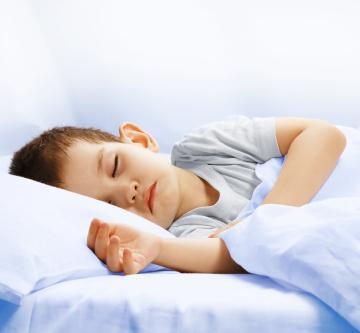A Simple Urine Test for Dangerous Snoring
|
Reading time: 2 minutes
|

Approximately 12 percent of all children snore. In a recent study, 90 children who were previously referred to a clinic for assessment in their breathing problems during slumber were observed and tested. The children who were eventually diagnosed with dangerous snoring had increased amounts of specific proteins in their urine. Although the research team who conducted the study thinks it would be more accurate if the study were repeated, diagnosing obstructive sleep apnea may lead to a simple test.
Obstructive Sleep Apnea or OSA is caused by obstruction of the airway. Apnea literally means “without breath”, which is what happens during sleep, for those who suffer from the illness. Apneas are short occurrences during sleep when at least one breath is missed. This happens various times during the night. With OSA, the breathing is being blocked by a physical obstruction to the airflow. The sufferer of OSA rarely realizes they have any episodes of apnea, even when waking during an episode. Normally sleep apnea is discovered by others who witness the sufferer during episodes of apnea. OSA can lead to mental, cardiovascular, metabolic and behavioral problems in children. OSA is most common for children who are obese, or have larger than normal tonsils.
After the first night of the study, researchers collected a urine sample and used florescent dyes to distinguish and separate the proteins in the urine. Children who had OSA had 3 proteins with a higher concentration than children who did not have OSA. All the children diagnosed with OSA had a lower than usual level of another protein, kallikrien 1.
Although more research is needed to perfect the study, it is likely possible to develop a simple and reliable test (similar to a pregnancy test) to diagnose children with OSA.
Information provided on this website is for general purposes only. It is not intended to take the place of advice from your practitioner







